Hidden manuscripts shed light upon which type of herb was used for what during the Middle Ages. One of the most fascinating accounts is that pertaining to hellebore.
From uncovered secrets of medicine from the Middle Ages it becomes evident that monks were the most active in cultivating this herb during that period. They planted it around and in their monasteries. Even today, hellebore can be seen around the ruins of most monasteries.
John Exarch wrote that monks used hellebore as a universal cure for all kinds of diseases. Based on his words, the medicinal plant was used to get rid of prolonged suffering. This property assigned to it in the Medieval period finds justification today.
Engrossed in the accounts regarding the properties of hellebore, numerous doctors and scientists embarked to find to what extent these were true. Examination of the composition of hellebore shows that the plant contains numerous substances that have a soothing effect, while at the same time slowing heart rate.
In parallel with this, dangerous toxins were found in parsnips. These significantly exceeded the benefits provided. Because of this, taking this herb orally is prohibited.
Other reports that have survived to this day show that even though it was famous for its healing properties in antiquity and in the Middle Ages, the long-term use of hellebore for medicinal purposes always ended with disastrous incidents. Modern-day studies show that when taken in larger quantities, hellebore led to certain death.
The actual botanical name of the plant - Helleborus, gives warning as to these destructive properties. It consists of 2 Greek words - hellein (to kill) and bora (food).
There is an old belief in Eastern European villages that hellebore must not be grown near or in the chicken coup. If the chickens are to eat it, they would never again lay eggs.
Nowadays hellebore is only used topically - to treat hair loss and dandruff. To make the remedy, boil 1 2/3 tbsp (25 g) of hellebore roots in 1 cup (250 ml) of water and 1 cup (250 ml) vinegar until half the liquid boils off.
Filter the remaining liquid and rub it into the hair roots 30 min. before you wash them. Repeat this procedure twice a week for one month.








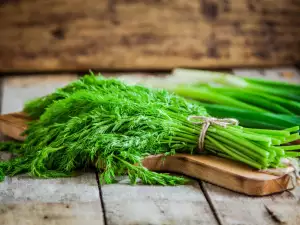
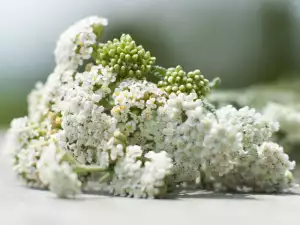
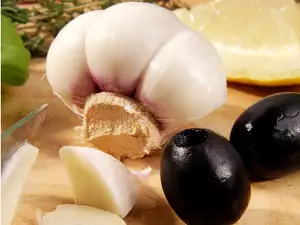

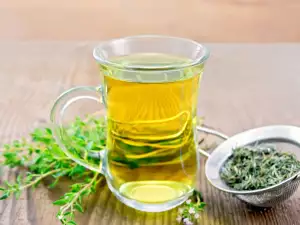


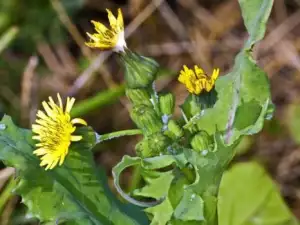




Comments